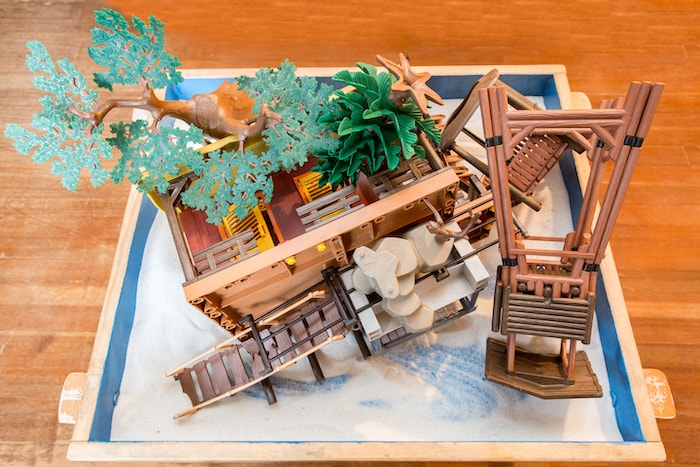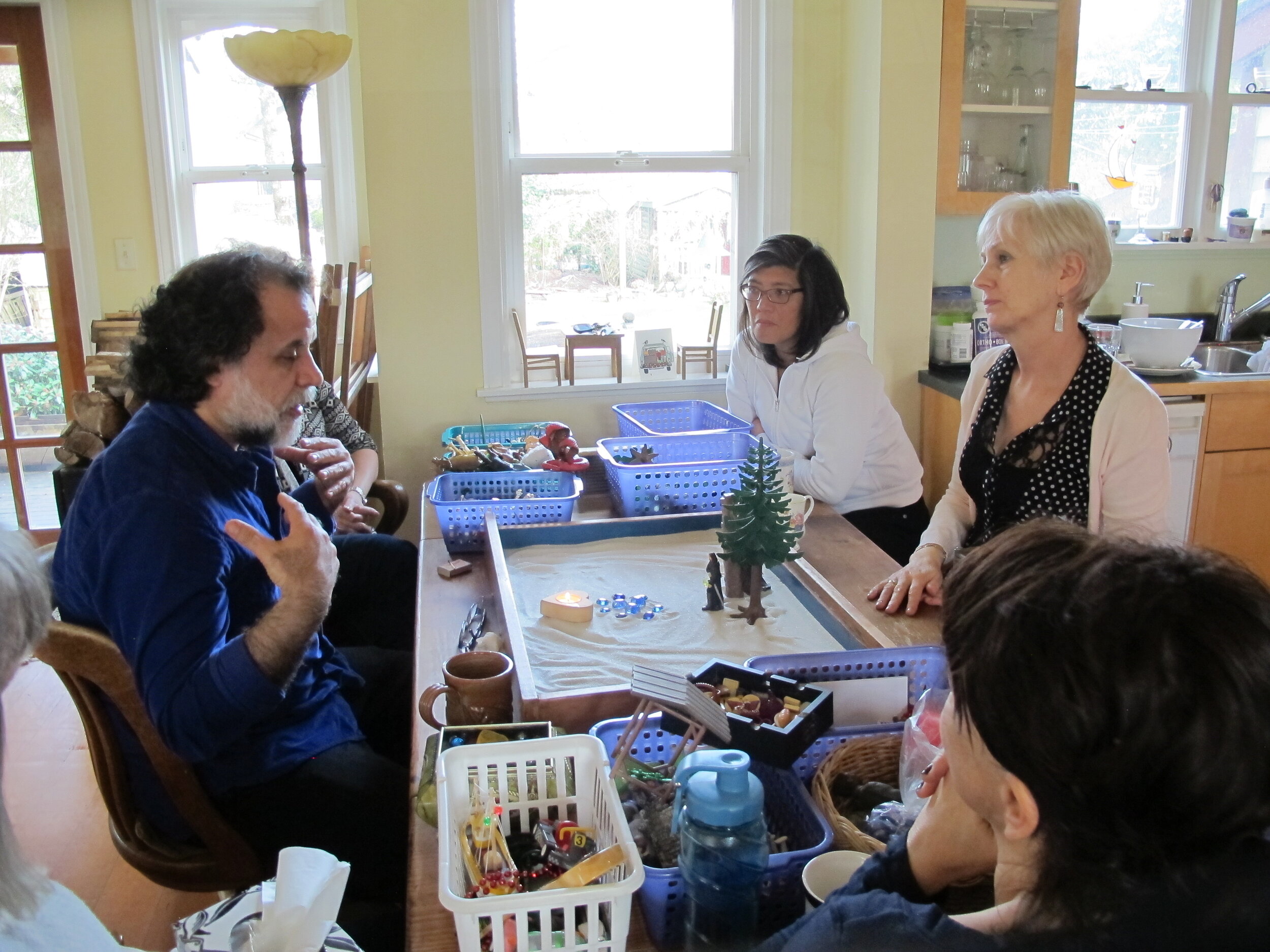You’re Invited - Join the Institute as a Member!
Neuroscience
and Satir in
the Sand Tray
is a counselling modality
dedicated to assisting individuals
change the impact
of their negative experiences
by working through metaphor
in the sand tray.
“Solidly grounded in recent research on right brain-to-right brain communications in the therapeutic alliance, on the dissociative defense, and on the central role of intersubjective play in the externalized expression of the patient’s internal emotional life, Madeleine De Little offers a creative, pragmatic model of the interpersonal neurobiological change mechanisms of sand tray therapy.
I highly recommend the work of this gifted clinician to therapists looking to enhance their clinical skills in working more effectively in reenactments of attachment dynamics in both child and adult psychotherapy.”
Author, Right Brain Psychotherapy and The Science of the Art of Psychotherapy
The Pillars of NSST
Right Brain to Right Brain
The therapist utilizes the attachment mechanism of the right brain of both parties to develop attunement between the therapist and client.
Creating Safety
Utilizing the attachment mechanism of therapist and client to begin to create a sense of safety in the client’s body. And experiencing safety by working in the metaphor in the sand tray.
Novel Metaphor
An unconventional, unfamiliar, and unique image and concept outside of conscious awareness, which emerges from stored implicit experiences that have no words in the embodied self.
The Body
Changing the client’s autonomic system of survival from sympathetic or dorsal state to a ventral vagal state.
You’re Invited - Join the Institute as a Member!
Looking for Training?
Dr. DeLittle’s legacy lives on.
We offer training for counsellors in Neuroscience and the Satir Model in the Sand Tray!
Please consider helping us carry on the work of
Dr. Madeleine De Little with a donation to the
NSST Institute and Foundation.
“Changing the way we feel, and the way we see ourself and the world starts with how we have been keeping secure and safe. When we begin to appreciate how we needed to keep safe and all the gifts it gave us, then transformation is quick, profound, and lasting. ”







